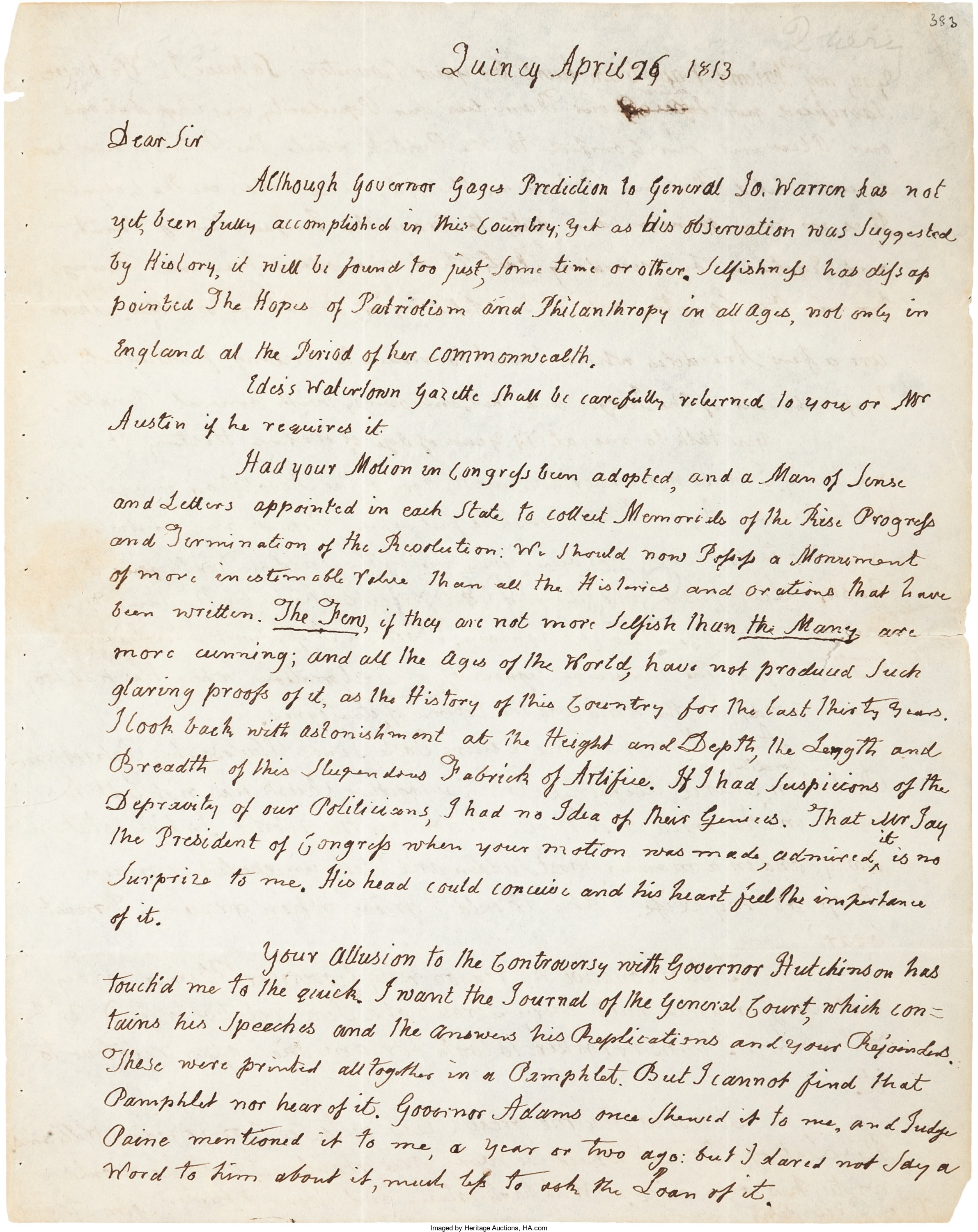
By Jim O’Neal
The landmark case known as Marbury vs. Madison arose after the bitter 1800 election when Vice President Thomas Jefferson defeated President John Adams, tied with and Aaron Burr and then eventually won when Alexander Hamilton swung the New York boys to him on the 36th ballot.
A bitter Adams made a last-minute attempt to pack the judiciary with Federalists by appointing 16 new circuit judges and 42 new Justices of the Peace for the District of Columbia. However, four of the new justices, including William Marbury, did not get their commissions before Adams’ last day in office.
Secretary of State James Madison refused to give the four men their commissions, so Marbury asked the Supreme Court to issue a writ of mandamus ordering Madison to do it. This put Chief Justice John Marshall (newly appointed by Adams) in a delicate situation. If the Supremes issued the writ, Madison might simply refuse and the Court had no means to enforce compliance.
Alternatively, if the Court did not, then he was risking surrendering judicial power to Jefferson and his Democratic-Republican Party (later to become the Democratic Party).
Marshall decided there was no middle ground and that left the choice of either declaring the Constitution to be superior and binding, or allowing the legislature to be an entity of unchecked power. Since the nation had established a written Constitution with fundamental principles to bind it in the future, it had to be both superior and binding law. And if the Constitution was the superior law, then an act “repugnant” must be invalid.
The decision was to discharge Marbury’s action because the Court did not have original jurisdiction, and the Judiciary Act of 1789, which Marbury argued was the basis of his petition, was unconstitutional. The Court found the Constitution specifically enumerated cases where the Court had both original and appellate jurisdiction. The Court also concluded a writ of mandamus was unconstitutional and void.
In more recent times, the Court has asserted a broad judicial review power and the role as the ultimate interpreter of the Constitution. Once a law is declared unconstitutional, the courts simply decline to enforce it. Judicial review was once controversial. Even Judge Learned Hand felt it was inconsistent with the separation of power. However, “Marbury” served to make the judiciary equal to the executive and legislative branches.
Most scholars and historians give full credit to Chief Justice Marshall for solidifying this principle of an equal tripartite government structure that has served us well for 200-plus years.
Author Harlow Giles Unger goes even further in his 2014 biography (John Marshall: The Chief Justice who Saved the Nation), where he claims Marshall turned into a bulwark against presidential and congressional tyranny and saved American Democracy.
I tend to disagree since the process for selecting members has been politicized to the point the Court seems to be simply an extension of which party controls the lever of power. I suspect we will have a chance to see this phenomenon several times in the next four to eight years as turnover increases.
 Intelligent Collector blogger JIM O’NEAL is an avid collector and history buff. He is President and CEO of Frito-Lay International [retired] and earlier served as Chairman and CEO of PepsiCo Restaurants International [KFC Pizza Hut and Taco Bell].
Intelligent Collector blogger JIM O’NEAL is an avid collector and history buff. He is President and CEO of Frito-Lay International [retired] and earlier served as Chairman and CEO of PepsiCo Restaurants International [KFC Pizza Hut and Taco Bell].
